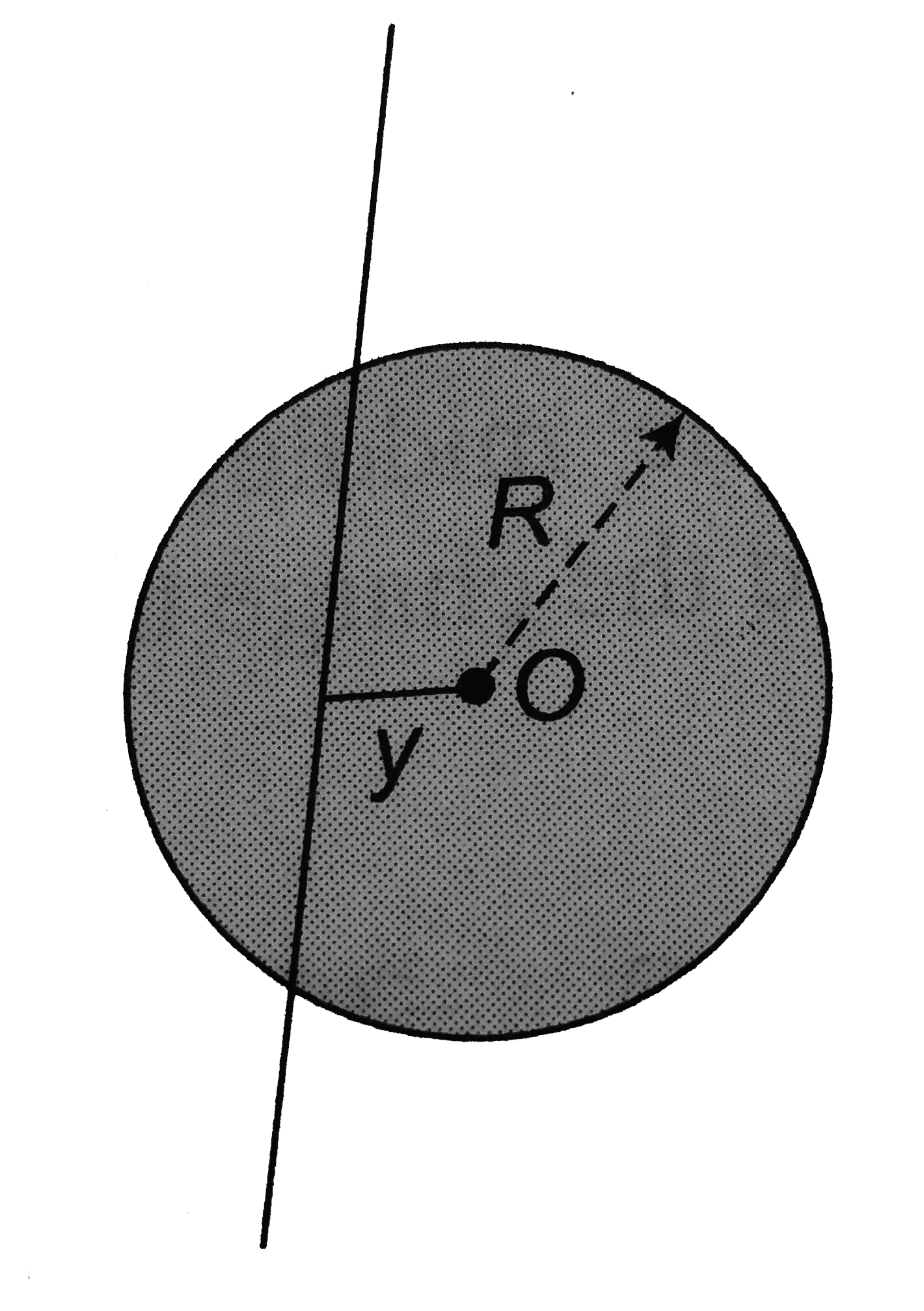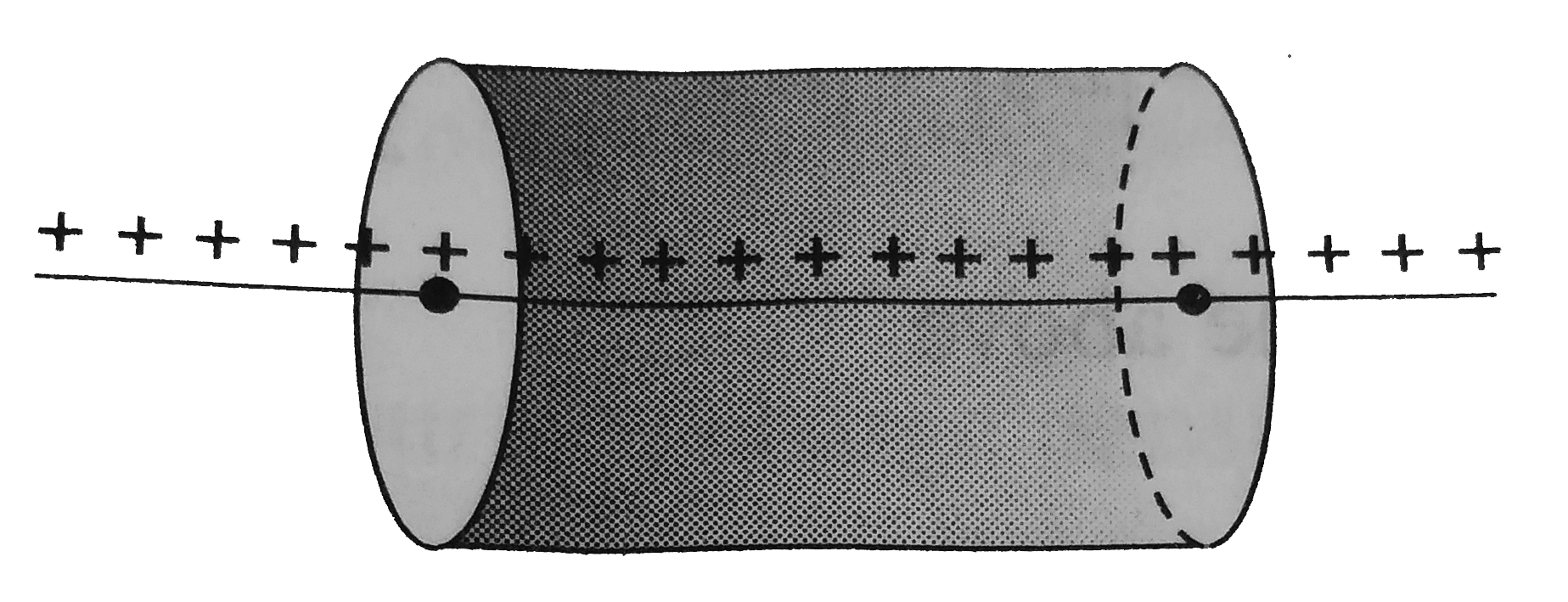A linear charge having linear charge density λ pentrates a cube diagonally and then it pentrates a spere diametrically as shown. What will br the ratio of flux coming out of cube and sphere ?

12
2√3
√32
11
The correct Answer is:c
Step by step video, text & image solution for A linear charge having linear charge density lambda pentrates a cube diagonally and then it pentrates a spere diametrically as shown. What will br the ratio of flux coming out of cube and sphere ? by Physics experts to help you in doubts & scoring excellent marks in Class 12 exams.
Updated on:21/07/2023Topper's Solved these Questions
- ELECTRIC FLUX AND GAUSS LAWBOOK - CENGAGE PHYSICSCHAPTER - ELECTRIC FLUX AND GAUSS LAWEXERCISE - Subjective type
7 Videos
- ELECTRIC CURRENT AND CIRCUITBOOK - CENGAGE PHYSICSCHAPTER - ELECTRIC CURRENT AND CIRCUITEXERCISE - Interger
8 Videos
- ELECTRIC POTENTIALBOOK - CENGAGE PHYSICSCHAPTER - ELECTRIC POTENTIALEXERCISE - DPP 3.5
14 Videos
Similar Questions
A linear charge having linear charge density λ, penetrates a cube diagonally and that it penetrates a sphere diametrically as shown. The ratio of flux coming out of the cube and the sphere is √xy, Find (xy).
'(##CEN_KSR_PHY_JEE_C18_E01_011_Q03##)'
View SolutionA half ring of radius r has a linear charge density λ.The potential at the centre of the half ring is
View Solution
Knowledge Check
A linear charge having linear charge density λ pentrates a cube diagonally and then it pentrates a spere diametrically as shown. What will br the ratio of flux coming out of cube and sphere ?
 A12B2√3C√32D11
A12B2√3C√32D11What will be the total flux coming out of a unit positive charge put in air?
A0Bε−10C1Dε−20The dimensional formula of linear charge density λ is
A[M−1L−1T+1A]B[M0L−1T+1A]C[M−1L−1T+1A−1]D[M0L−1T+1A−1]
An infinitely long wire with linear charge density +λ is bent and the two parts are inclined at angle 30∘ as shown in fig, the electric field at point P is :

View SolutionFor an infinite line of charge having linear charge density λ lying along x-axis the work done in moving a charge q form C to A along CA is

View SolutionIf linear charge density of a wire as shown in the figure is λ

View SolutionA uniformly charged and infinitely long line having a linear charge density 'λ' is placed at a normal distance y from a point O. Consider a sphere of radius R with O as centre and R>y. Electric flux through the surface of the sphere is

View SolutionConsider an infinite line charge having uniform linear charge density and passing through the axis of a cyclinder. What will be the effect on the flux passing through curved surface if the portions of the line charge outside the cyclinder is removed

View Solution
